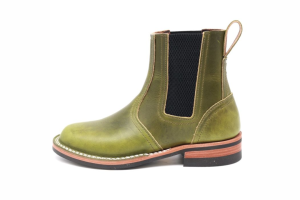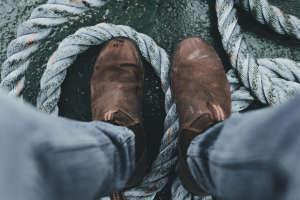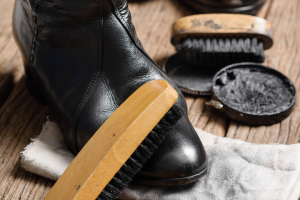Common Types of Foot Pain and How To Deal With Them
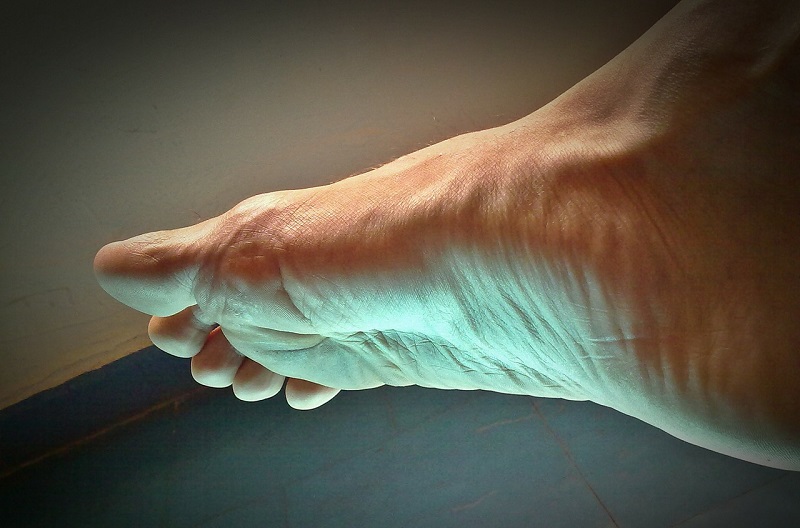
How To Deal With Common Types of Foot Pain
We’ve all been there. You finally collapse on the couch at home after being on your feet all day and yank off your boots. Your feet are exhausted and hot. There’s blisters and burning spots. Your heels throb, or maybe it’s your arches or instep. The shoes that seemed comfortable when you first pulled them out of the box are now a torture device.
After trying dozens of boot brands and styles and getting the same result, perhaps you’ve given up hope of finding a solution. Maybe you just tough it out, assuming that foot pain is just a necessary side effect of your occupation. We get it. You’re used to making sacrifices, working despite the discomfort, to pushing your body past its breaking point.
Here at Nicks Boots, however, we believe your boots shouldn’t be another obstacle to overcome.
After over 50 years of bootmaking, we’ve seen a lot of feet; we’ve heard from a lot of working men and women dealing with daily irritation and aches caused by their boots. We’re here to tell you that, yes, work boots CAN and SHOULD be comfortable. They should help to alleviate foot problems, not cause them. Getting fit properly, buying handmade boots, and taking the time to break in the leather are crucial steps to owning boots so comfortable you forget to take them off at the end of the day.
In addition to these steps, if you’re dealing with specific areas of discomfort, here are some tips for identifying and remedying the cause of your foot pain.
Why Am I Experiencing Pain in the Arch of My Foot?

Pain often occurs in the arch when people have either high or low arches and don’t get enough support from their shoes. The resulting under or overpronation puts stress on the plantar fascia, (the tissue connecting your heels to your toes), often leading to plantar fasciitis which manifests itself as stabbing pain in the heel and arch. Occupations that require you to be on your feet all day also put you at risk for plantar fasciitis; therefore, it’s critical that you have the right kind of arch support to protect you from injury.
Treating your pain may be as simple as identifying your foot shape and choosing between a high, medium, and low arch last. Just because you’re flat-footed, however, doesn’t mean that you won’t benefit from a high arch boot, and sometimes people with higher arches actually prefer a lower profile. So how do you know which is best for you?
Generally, flat feet need a structured arch that supports the curve of the foot and helps stabilize the heel to prevent overpronation. Because people with high arches tend to exert excessive pressure on the ball and heel of the foot, they should look for arch support that evenly distributes weight across the foot. Adding comfort insoles is also a good idea if you have a high arch since they provide cushion for the ball and heel. The tried and true way to find the best last for your foot, however, is to test out different arch heights, which is why we recommend first-time customers try on sample pairs of boots before making a purchase.
What Are Common Causes of Heel Pain?
As mentioned above, plantar fasciitis is a common cause of heel pain and can be healed by rest, buying shoes with appropriate arch support, and investing in insoles. An incorrect size could also be the culprit, so don’t forget to take the time to be properly fitted. Heel spurs, which are growths of bone on the bottom of the heel, may also factor into the problem. These can be caused by ill-fitting, unsupportive footwear or by an abnormal gait or posture. If you discover you have a heel spur, we can create a custom-last for your foot, thus creating a pocket for the heel spur and alleviating any pain.
Why Do My New Boots Hurt My Instep?
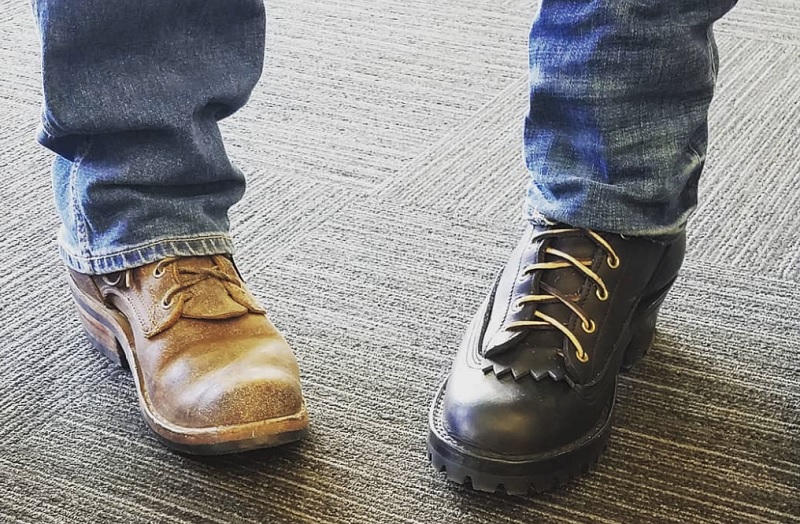
A common question we get from new owners of leather boots is about instep pain. At first, many customers experience pain at this spot when lacing up their boots. Why is this the case? Two very thick pieces of leather are sewn together over the instep, creating what is called the “horseshoe” of the boot. We’ve nicknamed this “the horseshoe of death” because of its tendency to press on the top of the foot and cause considerable discomfort.
This kind of pain, however, is not to be confused with pain caused by an ill-fitting or poorly constructed boot. Believe it or not, the horseshoe will soften as you break in the leather, and after you’ve worn the boot for 80-100 hours, it should fit like a glove. If, however, the pain does not decrease with the break-in process, you can slide the boot on a metal bar and use a hammer to gently soften the area. Alternatively, you can bring the boot to our store, and we’ll treat it ourselves.
Have more questions about foot pain and how to fix it? Feel free to contact us or visit our store to talk to a boot expert. We’re not medical professionals and we can’t promise to fix every problem you may have, but we do know that you don’t have to accept the inevitability of aching feet at the end of the day. There are definite steps you can take—from investing in custom boots to visiting a doctor—to relieve your foot pain and safeguard your future within your occupation.


